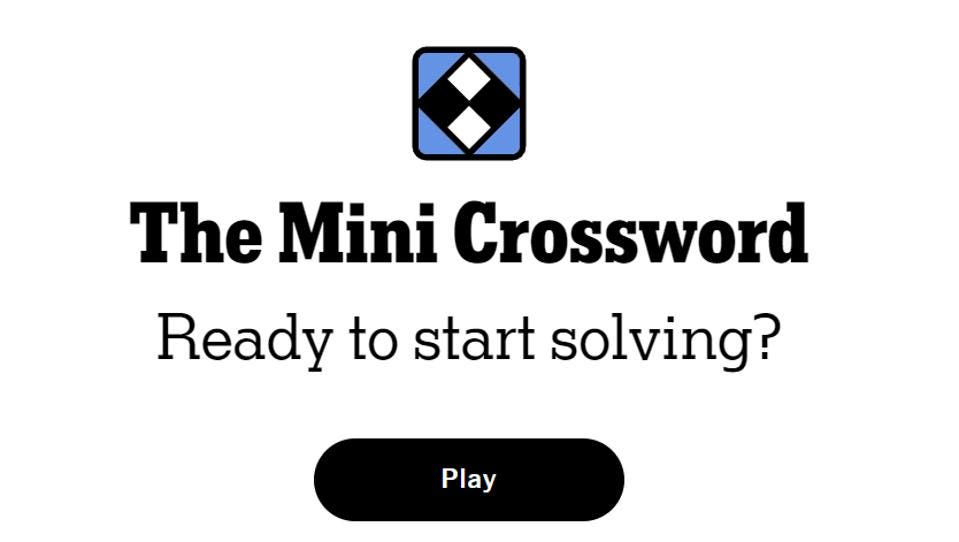When withdrawal looks like indifference, it’s often the body’s way of finding safety. Here’s how you can help your partner achieve it.
getty
Silence looks different in different relationships. For some, it takes the form of a cold war after an argument, while for others, it looks like an empty spot on the couch while one partner disappears into a three-day Netflix immersion. The person left behind often interprets this withdrawal as avoidance or rejection, all while grappling with questions like, “Why won’t they talk to me?” or “Why do they shut me out instead of resolving things?”
But most of what we define as “avoidance” is often better understood as physiological self-protection. Decades of research, from Stephen Porges’ polyvagal theory to the works of Allan Schore and others on affect regulation, suggest that our social behaviors are shaped by the body’s constant evaluation of safety and threat.
In any given moment, the nervous system switches among three broad states:
- Ventral vagal, where the heartbeat feels stable, digestion is active, voices stay warm and facial muscles are receptive. In this state, dialogue and intimacy become possible.
- Sympathetic, which is characterized by adrenaline rushes, tense muscles and constricted focus. This is how the system gets ready to fight or flee.
- Dorsal vagal. In this state, energy levels plummet, individuals avoid eye contact and emotional blunting ensues. The system saves energy by retreating.
A partner who spends three days inside the world of a streaming platform is often operating from this dorsal state. This is because it gets too overwhelming to cope with the stressors of the demanding environment. The retreat is less a well thought-out decision than the nervous-system’s reflex to preserve energy and reduce perceived threat.
To an outsider, the behavior may appear passive or even negligent. But if you look closer, this largely occurs after a hyperaroused or overwhelming time. The overwhelm pushes the body into involuntary temporary shut-down. Sadly enough, what normalizes one partner will activate the other’s alarm system.
The partner left waiting often moves into sympathetic arousal (characterized by worrying, overthinking, attempting to restore contact) while the withdrawn partner slips deeper into dorsal stillness. What follows is not indifference but asynchrony between two nervous systems.
How To Read Their Behavior Without Feeling Personally Attacked
One of the biggest obstacles to gaining an understanding of the other partner’s behavior is the difference between how two individuals seek safety under pressure. For productive conversation to occur, these coping styles must be understood better.
Individuals with anxious attachment styles regulate their feelings through seeking closeness, requesting reassurance and desiring more conversation to regain a sense of connection.
A 2020 study examining the links between attachment anxiety, worry, intolerance of uncertainty and reassurance-seeking found that individuals high in attachment anxiety struggle more with uncertainty and engage in greater worry and reassurance-seeking behaviors as a way to manage it.
Conversely, avoidantly attached individuals self-regulate through solitude, distraction or even silence. The preferred pathway to safety for their nervous system is withdrawal over engagement.
In 2024, experimental research also identified that those with avoidant attachment depend more on “expressive suppression,” a mechanism focused on the reduction or hiding of emotional expression.
Even though this allowed them to report less subjective displeasure, it also increased physiological arousal, which implies that their external calm often covers up intense inner disturbance.
This implies that withdrawal into peaceful activities, such as days spent binging shows on Netflix, is not necessarily emotional indifference but an effortful style of self-regulation. It’s a means of soothing themselves and of maintaining inner balance without needing to depend upon other people for comfort.
If you are the partner witnessing this, here’s how you can respond:
- Don’t take their behavior personally. It might sting, but it’s not necessarily about you. Their retreat is not a verdict on your value or the relationship’s value. It’s just an insight into their coping capacity at that moment. To shift your internal dialogue about what’s happening, instead of asking, “Why don’t they care enough to talk?” ask yourself, “What state might their nervous system be in right now?” This shift from blame to curiosity makes all the difference.
- Show them kindness, without any pressure to perform. The goal is not to demand connection from them, but to restore cues of safety. These cues are subtle and often reflected in your tone of voice, body posture and proximity without intrusion. You can even tell them “I can see you’ve needed some quiet time. I’ll give you space, and I’m here when you’re ready to reconnect.”
How You Can Stay Regulated When They Retreat
Instinctively, self-preservation feels just as important as empathy for your partner. Your own nervous system might see your partner’s withdrawal and absence as a threat. The need to chase them by texting, questioning or emotional protest is the worried partner’s fight or flight response, and them attempting to reassert internal balance to feel safe once more.
Under the effects of stress, fear or emotional overwhelm, when the autonomic nervous system is triggered, it responds with involuntary defense mechanisms like hyperarousal (fight or flight), shutdown (hypoarousal) or dissociation, according to a recent paper.
In these reactive states, the brain’s capacity for empathic resonance and attunement temporarily shuts down. One cannot consciously choose connection while the body is still prioritizing survival.
In moments like these, co-regulation is a helpful tool. It’s the process by which one person’s calm nervous system helps soothe another, and it relies on each individual’s capacity for internal stability. You cannot co-regulate with someone who is in collapse if your own system is in panic.
Co-regulation, therefore, requires the development of self-regulation skills. For you to be able to offer your calm presence to a distressed partner, you need to first start by anchoring yourself. Slow steady breathing, body awareness and grounding touch are some of the ways to attain this state. When your nervous system is steady, it signals safety to theirs, allowing both systems to synchronize.
Additionally, when your partner becomes comfortable and is ready to re-engage (usually marked by small bids like casual conversation or physical proximity,) resist the impulse to launch into analysis or confrontation. Begin with gentle contact, humor or shared activity. The aim is to re-establish ventral connection before processing the underlying issue.
Only when both partners’ systems are regulated, discuss agreements for future regulation cycles. It’s often helpful if this conversation includes the following:
- A language for signaling overwhelm. Phrases like “I’m hitting my limit” or “I need a reset day” allow withdrawal to be named rather than enacted wordlessly.
- Time boundaries for solitude. Agreeing on duration (saying “I need the afternoon” rather than worrying the other person that you’ll be gone indefinitely) helps the anxious partner stay grounded.
- Rituals of reconnection. Simple routines, such as a shared tea, cooking or a walk provide sensory cues that the relationship is intact.
Such agreements convert unspoken disappearance into structured self-regulation, transforming what once felt like rejection into an intentional practice of rest.
Wondering how both of your responses to stress are shaping your relationship? Take this science-backed test to find out: Relationship Satisfaction Scale









